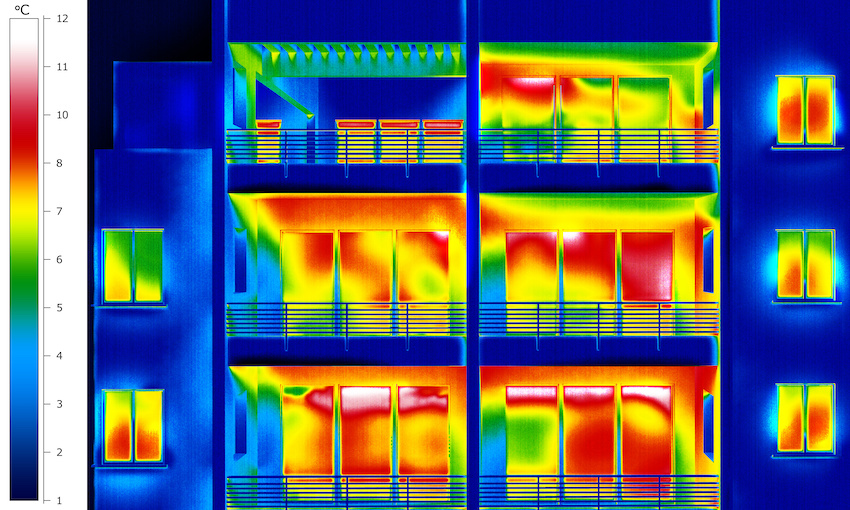Envelope Performance Loopholes in Current NY Energy Code
Understanding thermal bridging and the effects it has on the building envelope
Sponsored by NYSERDA
Understanding thermal bridging and the effects it has on the building envelope is essential for code compliance and building performance. This training program will introduce architects and design professional how the building thermal envelope and thermal bridging are defined and regulated in the current NYS energy code (2020 ECCC NYS) as well as where the code stops regulating thermal bridging. In addition, the course will outline the impact thermal bridging has on energy performance, building durability, occupant health and comfort. The course will also offer best practice guidance on thermal bridge mitigation strategies, recommendations for reduced air leakage through the envelope, and additional resources to design for high performance envelope systems.

Photo courtesy of NYSERDA
LEARNING OBJECTIVES
- Review building science behind ECCCNYS 2020 requirements.
- Differentiate thermal performance requirements of prescriptive and performance compliance pathways in ECCCNYS 2020.
- Describe thermal bridging and how it is addressed in ECCCNYS 2020.
- Explain how thermal bridging impacts building energy performance and thermal comfort.
- Define impacts air leakage has on building energy performance, durability, and comfort.












